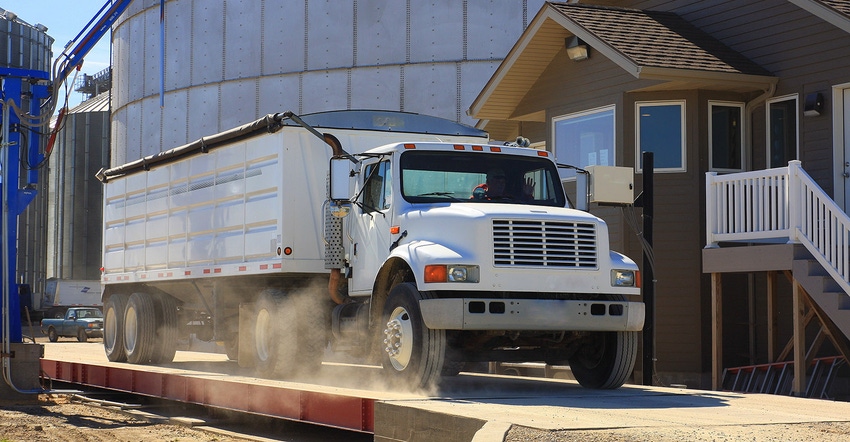
I haul most of my grain within ten miles of my farm but I’ve heard several of my neighbors have been hauling grain about 30 to 50 miles away for better premiums. I’m trying to determine whether I can justify that long of a trip. What should I consider when it comes to shipping grain? – G.H., Ill.
It can be easy to develop habits in terms of where we’re hauling grain. Maybe it’s selling to people we have relationships with or hauling where we’re familiar with the facility.
When thinking about merchandising, or opportunities to sell grain, depending on your geography, there can be more diverse opportunities if you’re willing to haul farther. Here is a short checklist of things to keep in mind when thinking about where to haul grain.
One is variable costs – the two big ones are fuel and labor. For every hour on the road, there’s more cost both in terms of fuel and labor. The further the distance, the greater the cost. Wear and tear on the trucks must be figured in as well.
There’s also the consideration of the types of trucks you’re currently using in your fleet. Are you able to haul for long distances without issues? Or is your fleet designed for closer-range hauling? With more expensive fleets, there will be depreciation. The premium for hauling further must more than offset the cost of those extra miles.
Another factor is destination differences – and these can be more difficult to measure. For example, some destinations are friendlier around how they handle things like moisture differences or damage.
For other destinations, it might be the ease of hauling. Rather than having an employee wait there for an hour and a half, they can pull in and out quickly. Another factor might be patronage – it might not be posted on the bid, but there can be significant differences if you’re working with a cooperative with a patronage on the back side. This can be easily forgotten when looking at bids.
Different farms have different appetites for how far they’re willing to haul grain and what works for their operation. The key is making sure you’re getting paid more than it’s costing you to put a truck on the road for additional miles.
--Frye is president and CEO of Water Street Solutions. [email protected]
About the Author(s)
You May Also Like






